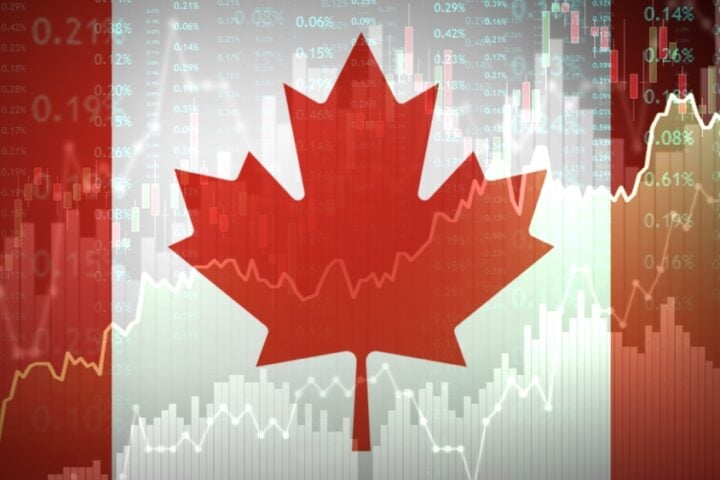Inflation Reignites as Producer Prices Climb
U.S. producer prices saw a significant rise in January, reinforcing concerns that inflation is once again picking up momentum. According to the Bureau of Labor Statistics (BLS), the Producer Price Index (PPI) increased 0.4% last month, following an upwardly revised 0.5% gain in December. The data suggests that financial markets may need to adjust their expectations for interest rate cuts, as the Federal Reserve remains cautious.
Inflationary Pressures Strengthen Rate Hike Narrative
The January rise in producer prices, coupled with a higher-than-expected consumer price index (CPI) reading earlier this week, has led many economists to revise their inflation outlook. Kurt Rankin, senior economist at PNC Financial, noted:
“The report does give pause to rate cut expectations, however, as higher business costs are likely to translate into upward pressure on consumer prices in the months to come.”
Market analysts have now pushed back expectations for the Fed’s first rate cut to September, with some suggesting that policy easing may not happen at all this year.
Trump’s Tariffs Add to Economic Uncertainty
Economists warn that inflation could trend even higher as President Donald Trump pushes ahead with broad-based tariffs on imports and mass deportations that may cause labor shortages. Trump recently implemented a 10% tariff on Chinese goods, with a 25% tariff on Canada and Mexico temporarily paused until March. These trade measures could drive up costs for businesses and ultimately for consumers.
Breakdown of PPI Data
The rise in PPI was broad-based, spanning both goods and services sectors:
- Wholesale goods prices: Increased by 0.6%, led by a 1.7% jump in energy prices and a 1.1% surge in food costs.
- Egg prices: Skyrocketed by 44.0% due to an avian flu outbreak.
- Services sector: Increased by 0.3%, with hotel and motel prices up 5.7%.
- Healthcare services: Declined, with hospital inpatient care falling by 0.3%.
Stable Labor Market Provides Some Relief
Despite the inflationary concerns, the U.S. labor market has remained relatively stable. A separate report from the Labor Department showed that initial unemployment claims fell by 7,000 to a seasonally adjusted 213,000 for the week ending February 8.
Additionally, nonfarm payrolls increased by 143,000 jobs in January, while the unemployment rate held steady at 4.0%. However, Nationwide senior economist Ben Ayers cautioned:
“The business sector remains in wait-and-see mode to see what, if any, disruptions there may be for global supply chains as price uncertainty makes it more difficult to expand operations.”
Conclusion
With inflationary pressures mounting and the Federal Reserve maintaining a cautious stance, expectations for interest rate cuts are fading. The uncertainty surrounding Trump’s trade policies and the potential for further price hikes suggest that economic volatility could persist in the coming months. As policymakers assess the impact of tariffs and inflation, financial markets are bracing for a prolonged period of higher interest rates and economic recalibration.







